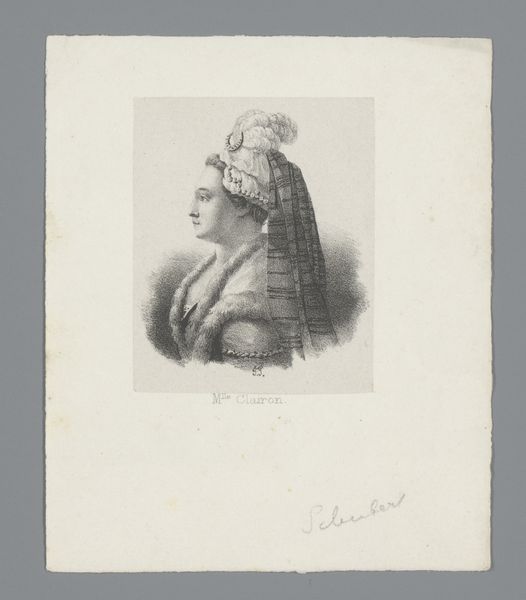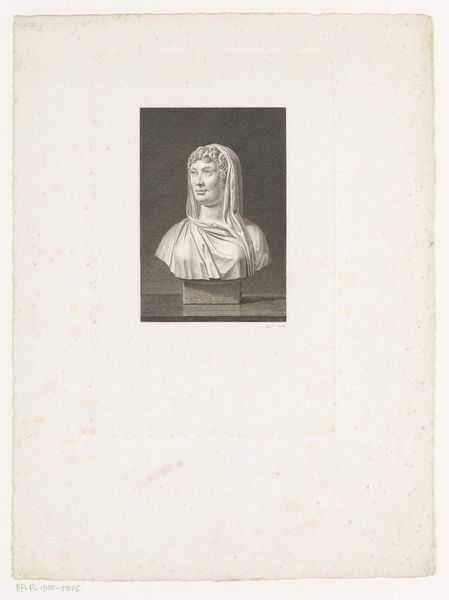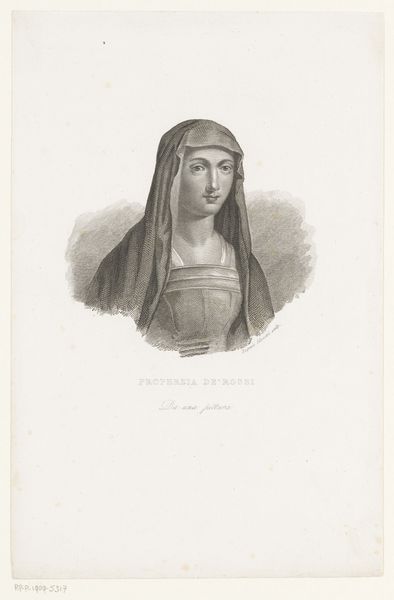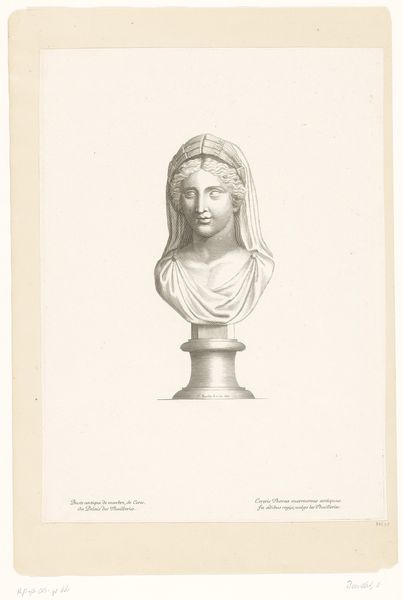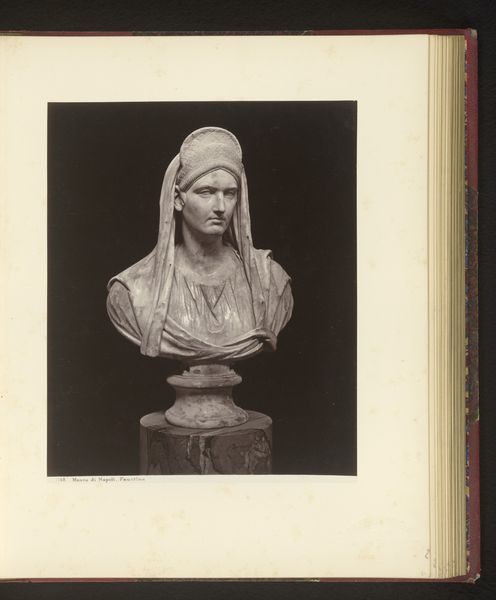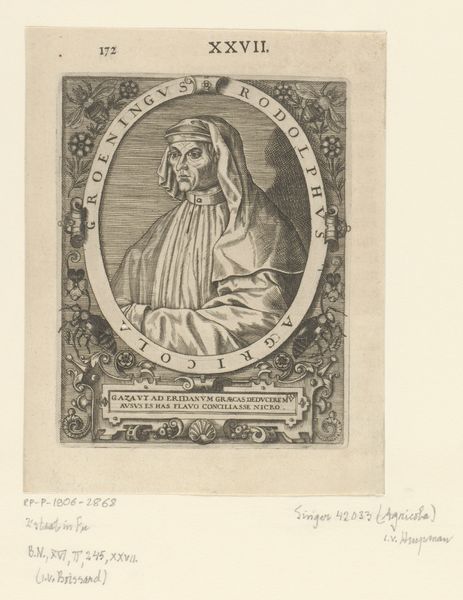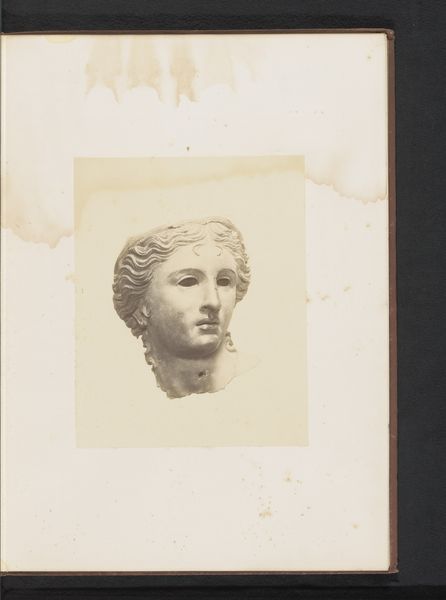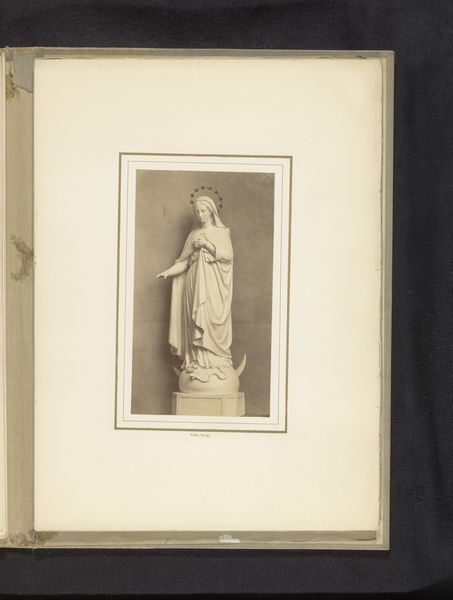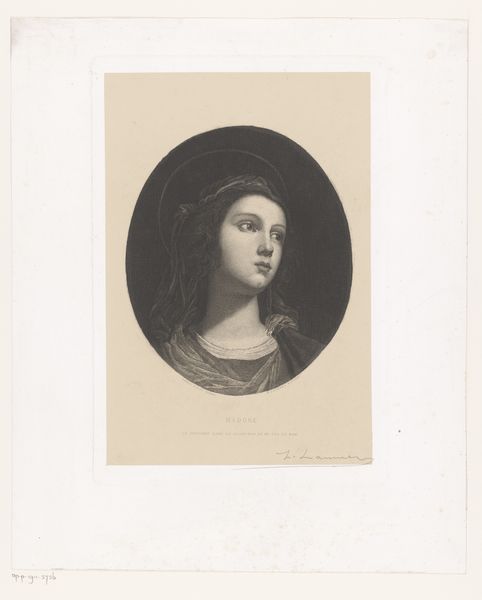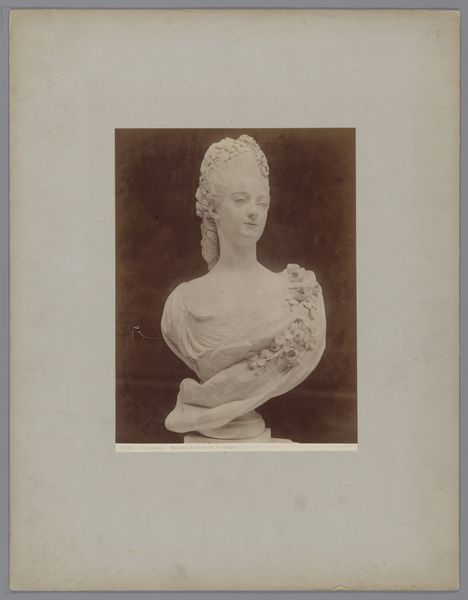
print, engraving
#
portrait
#
neoclacissism
# print
#
old engraving style
#
line
#
history-painting
#
engraving
#
realism
Dimensions: height 60 mm, width 78 mm
Copyright: Rijks Museum: Open Domain
Curator: Look at this serene engraving; it's a "Portret van Francesco Petrarca" attributed to Ernst Ludwig Riepenhausen, made sometime between 1775 and 1840. The linear quality feels distinctly Neoclassical. Editor: My first thought is 'dignified restraint.' The monochrome palette lends an air of classical nobility and it captures him in a moment of pensive reflection. There is a sadness to it, too, wouldn’t you agree? Curator: Definitely. Neoclassicism, even when looking back to the Italian Renaissance as it does here, always seeks that emotional control. The historical context is important: engravings like these circulated widely, solidifying Petrarch’s image and importance within 18th and 19th-century European culture. It's a political statement, almost a nationalistic claim through art and the canonization of important intellectual figures. Editor: And notice the laurel wreath; eternally associated with victory, achievement, and above all poetic genius. But even that sits a little heavily on his brow. The way the toga drapes almost like a shroud—there’s a melancholic edge despite the celebration. I can’t help but think of the cultural weight Petrarch and his poems bore. Curator: Yes! These images acted as visual anchors. This idealized vision was absorbed and reproduced throughout society reinforcing those values across society as a whole. It connects back to a whole host of contemporary visual tropes, power structures, and social expectations. Editor: It’s fascinating how even seemingly straightforward portraits carry complex symbolic burdens. Curator: Precisely! History painting always contains this tension: they must simplify events into emblems, symbols and visual cues to ensure a lasting political function. That said, in many ways, this image helped craft, as well as participate, in the Romantic era’s fascination with genius. Editor: So beyond being just a likeness of Petrarch, the print immortalizes and mythologizes him. These images acted almost like political mascots. I had never really thought about it in this context!
Comments
No comments
Be the first to comment and join the conversation on the ultimate creative platform.
